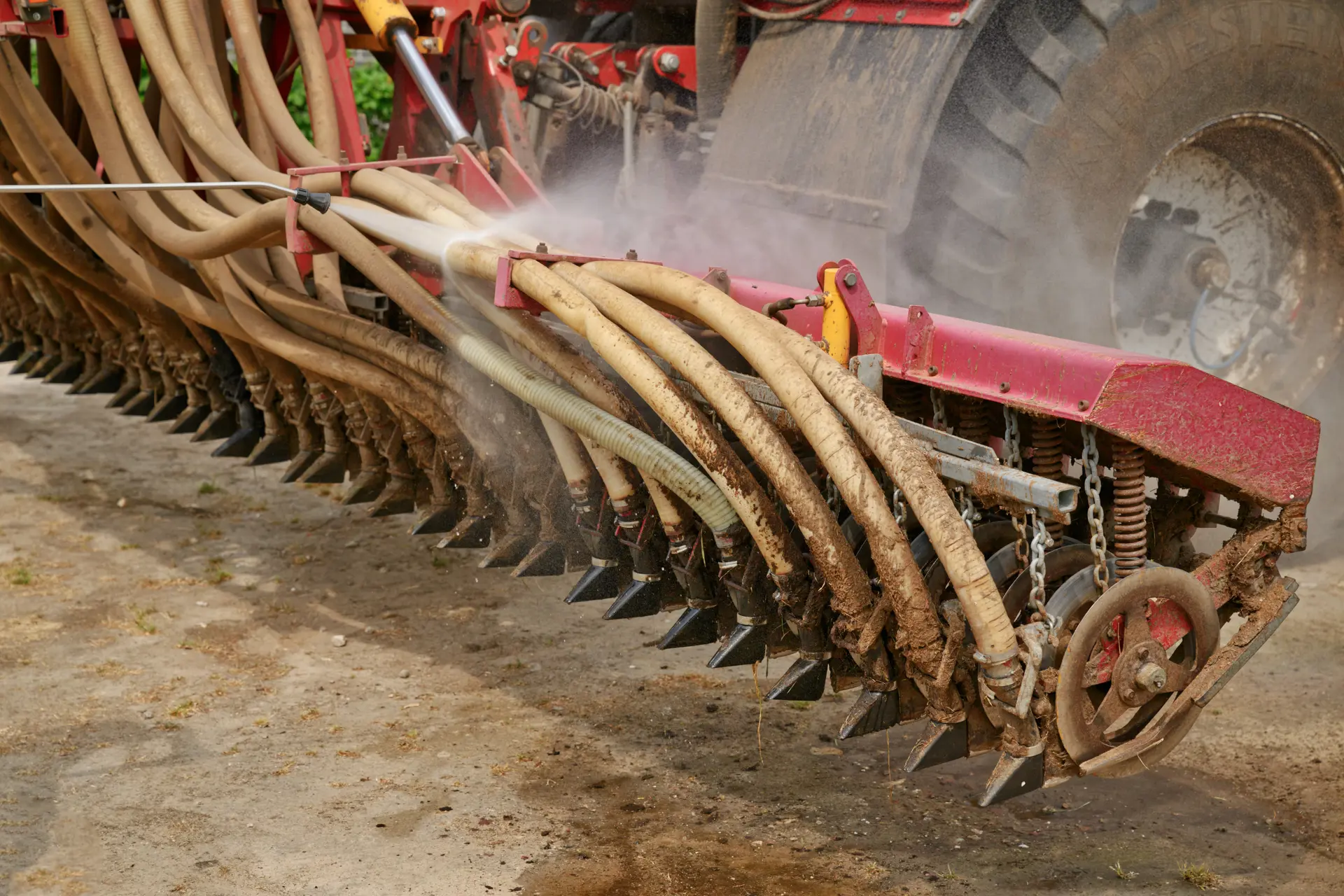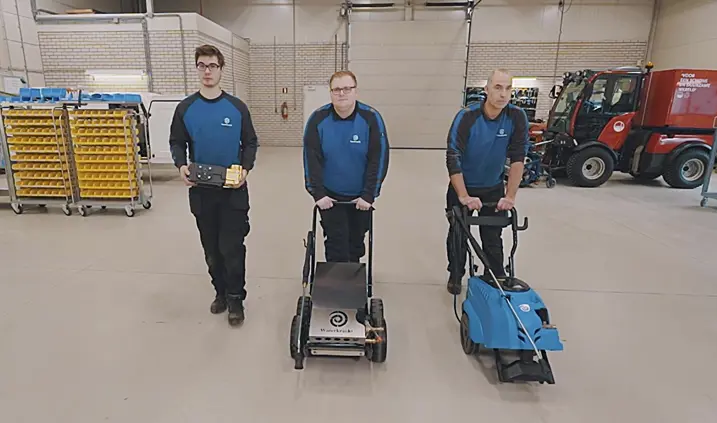High-pressure cleaners are used in many areas. Ranging from daily cleaning in the food industry to washing areas and cleaning terraces and facades. Hydropower has a pressure washer available for all these applications.
But which pressure washer is suitable for which application? The most important thing here is to choose a cleaner with the right working pressure, water flow and temperature. In this article, we explain how to do that. But how does a 'high-pressure' cleaner actually work?


